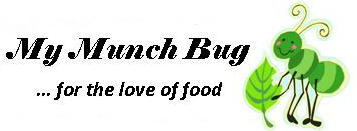Our psoas major muscle, sometimes lovingly called, the “muscle of the soul”, is a core-stabilizing muscle and runs from the thigh bone through the length of the belly, connected at the lowest thoracic vertebra, around where your rib cage ends, all the way down your lower back, extending through the pelvis to attach on the inside of the upper femur. It crosses three major joints, the hip socket, the joint between the lumbar spine and the sacrum, and the sacroiliac joint- that’s a lot of coverage!
And it is responsible for so much as well. It affects our mobility, structural balance, joint function, flexibility, and not only helps you stand up straight and lift your legs to walk, research shows that this incredible part of our body, is also vital to our psychological wellbeing.
Liz Koch, the author of The Psoas Book, writes that our psoas “literally embodies our deepest urge for survival, and more profoundly, our elemental desire to flourish.” By keeping our psoas healthy, it is entirely possible to improve mental health, or if to speak in yogi terms, having the ability to create healing energy.
Part of the stress response that is in our nervous system is the contraction of the major flexors of the torso. When we go through stress, trauma, or something unpleasant, even if its just small little incident or an argument with a loved one, it is all tied together. Our body responds by tightening the gut, hunching the shoulders, holding it all in tightly as a modern response to protect ourselves. All of the things we have been holding in turns into chronic tension and contraction, and we start thinking of it as normal, we actually get used to the pain.
Because of negative social standards, we have ignored our natural way of releasing tension in our bodies and our psoas, just like animals instinctual shake to discharge tension, we used to do the same- ever heard someone say, “shake it off”? Since early age we have learned that shakes, tremors, or to show vulnerability is a sign of weakness, and that we must hold everything in so tightly instead of just allowing us to let go. If you think back of a time you were crying and very upset about something, didn’t your body automatically start to shake and tremor?
Our bodies are filled with incredible capabilities, many we take for granted or don’t even pay much attention to.
Source: Mandy Martini’s blog





